The Role of Art in Special Education: Supporting All Learners
18 January 2025
In today's evolving educational landscape, more and more emphasis is being placed on inclusive education. We're realizing that every child learns differently, and this is especially true for students with special needs. But here's the thing: traditional teaching methods don't always cut it. That's where art steps in—and trust me, it’s not just about finger painting. Art has the power to unlock potential, foster emotional expression, and support cognitive and sensory development in ways that textbooks and lectures simply can't.
So, how exactly does art play a role in special education? Let’s dive deeper into how this creative approach can support all learners, regardless of their abilities.
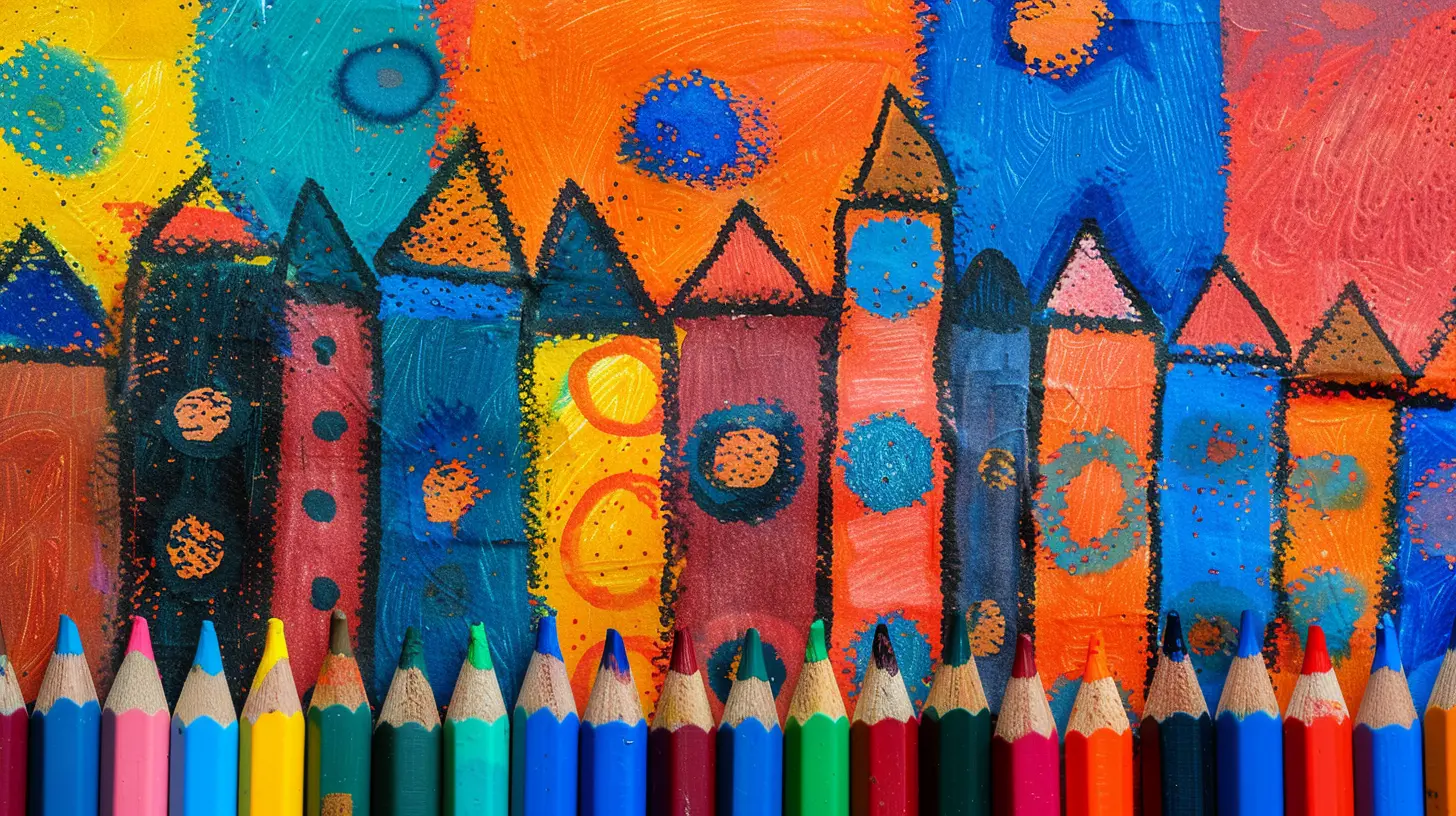
Why Art Matters in Special Education
Art has always been considered a universal language. Think about it: even before written language existed, people were painting on cave walls, using symbols and drawings to communicate. Art transcends barriers like language and ability. But when we look at it through the lens of special education, the benefits multiply.For students with special needs, art becomes more than just a creative outlet. It turns into a bridge that connects their thoughts, emotions, and senses in ways that are both therapeutic and educational. It’s an expressive tool that provides freedom—freedom from the constraints of verbal communication, freedom to experiment, and freedom to be themselves.
Art as a Communication Tool
Many students in special education programs, particularly those with autism, Down syndrome, or other developmental disabilities, may struggle with verbal communication. Words can feel limiting or overwhelming. That’s where art steps in as an alternative form of expression.When students are given paint, clay, or crayons, they’re handed the tools to communicate in ways that feel natural to them. Art becomes their voice. A simple drawing might reveal emotions or thoughts that the child has been unable to articulate verbally. In a sense, art gives these students the freedom to express what’s on their minds without the pressure of finding the "right" words.
Encouraging Emotional Expression and Self-Regulation
Emotions can be overwhelming for any child, but for students with special needs, emotional regulation can be particularly challenging. Art provides a safe space for students to explore and release their emotions. Whether they're painting, drawing, or sculpting, they're learning to manage their feelings in a healthy, constructive way.For instance, a child who is feeling anxious or frustrated might find comfort in the rhythmic strokes of a paintbrush or the tactile sensation of working with clay. These sensory experiences help ground the student, allowing them to focus and calm down. Art can essentially become a form of emotional therapy, helping students to process their emotions in a non-verbal, non-judgmental environment.
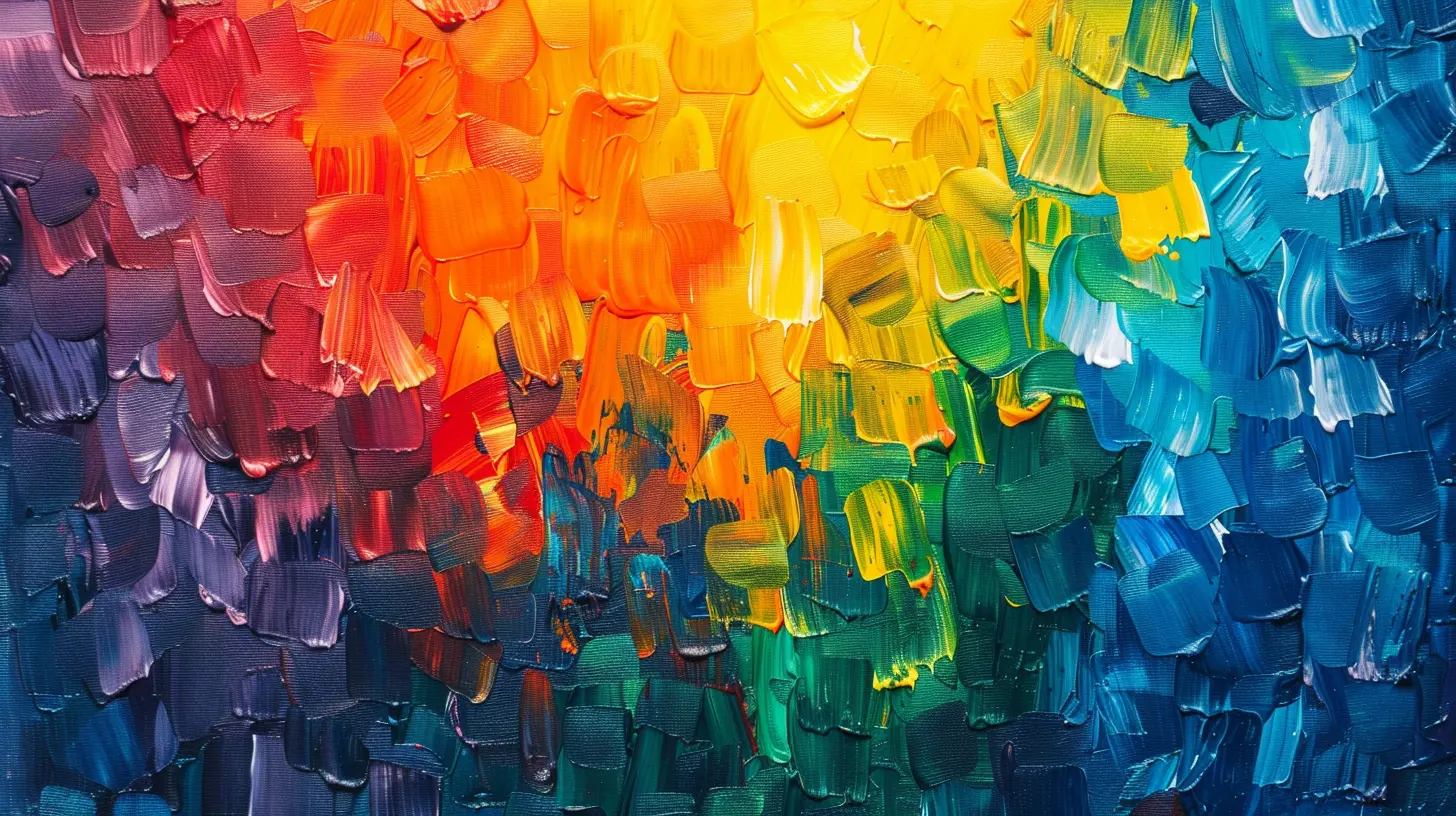
Cognitive and Sensory Benefits of Art in Special Education
The benefits of art in special education aren’t just emotional—they’re also cognitive and sensory. Engaging with art can stimulate brain development, enhance fine motor skills, and improve sensory processing. And guess what? It can be a lot of fun too!Enhancing Cognitive Development
Art activities like drawing, painting, or even coloring require planning, problem-solving, and decision-making—all critical cognitive skills. For example, when a student decides what colors to use, or how to structure their artwork, they’re exercising their brain in ways that promote higher-order thinking.Additionally, students working on collaborative art projects also learn essential social skills like cooperation, compromise, and communication. These are all crucial life skills that can be developed through artistic activities.
Supporting Sensory Integration
Many students with special needs, especially those with sensory processing disorders, struggle with how their brains interpret sensory information. Art provides an avenue for sensory exploration in a controlled, safe environment. Textures, colors, shapes, and even sounds (think of the sound of a pencil scratching against paper) become tools for sensory integration.For instance, working with clay can engage the sense of touch, while mixing paint colors can stimulate visual perception. By engaging multiple senses, art activities can help students better understand and process the world around them, which in turn supports their overall sensory development.
Fine Motor Skills Development
Let’s not forget the physical benefits of art. Many art activities require the use of fine motor skills, whether it’s holding a paintbrush, cutting paper, or molding clay. These actions help students develop better hand-eye coordination and strengthen the small muscles in their hands and fingers.For students with physical disabilities or motor impairments, these activities can be incredibly beneficial. Occupational therapists often incorporate art-based activities into their therapy sessions for this reason. It's a fun, non-threatening way to build those necessary motor skills while engaging in a creative task.
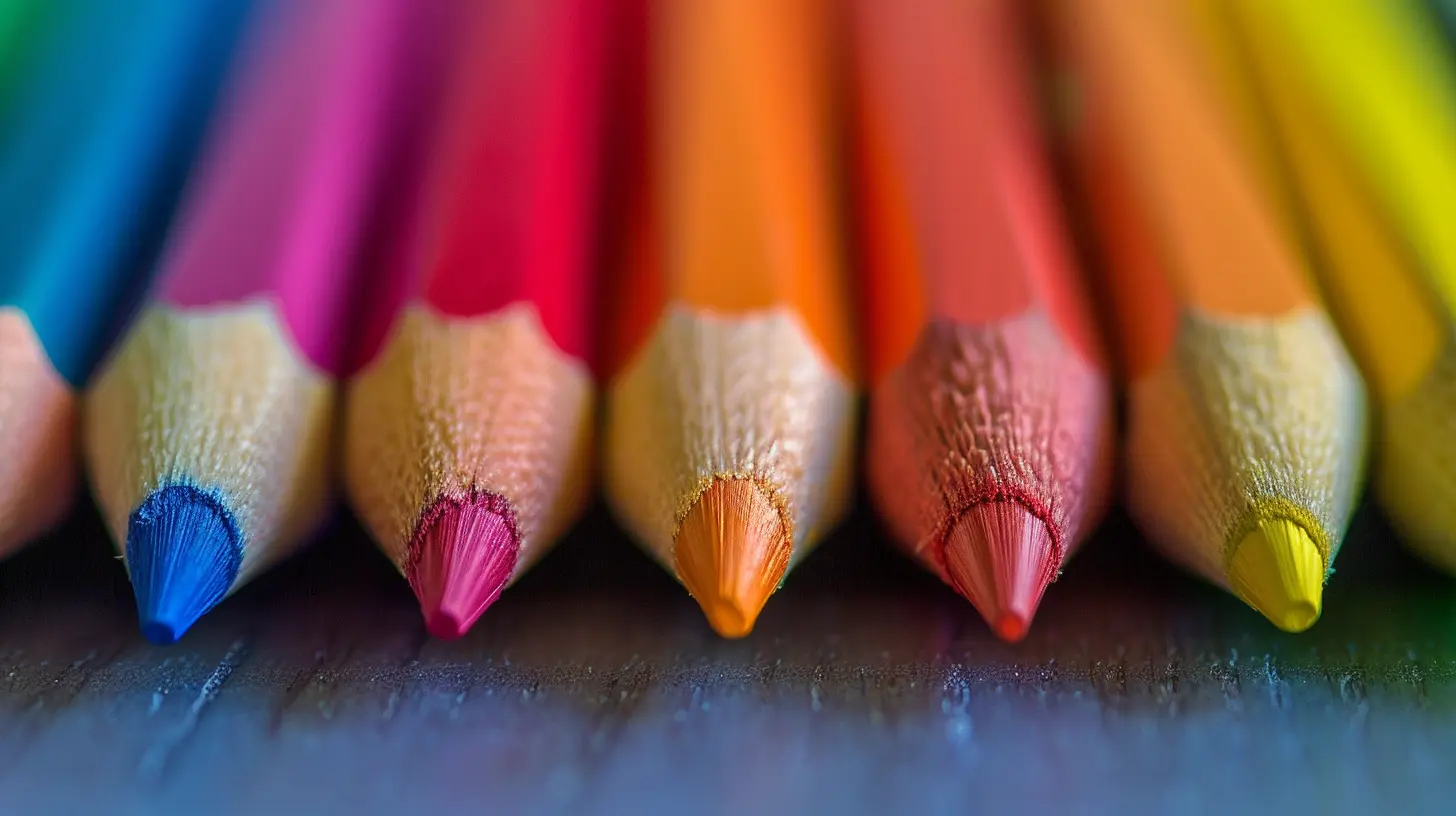
Art as a Social Experience
Art isn’t a solitary activity. While individual expression is important, group art projects can foster social interaction, collaboration, and teamwork—skills that are often challenging for students with special needs. Working together on a mural, a collage, or even a classroom art display encourages communication and cooperation.For students who struggle with socialization, art can serve as a neutral ground. They don’t have to worry about saying the "right" thing or following complex social cues. Instead, they can communicate through their art, share their ideas, and work alongside their peers in a relaxed, pressure-free environment.
Building Confidence and Self-Esteem
One of the most beautiful aspects of art in special education is the way it boosts self-esteem. There's no "right" or "wrong" way to make art. This absence of judgment allows students to experiment and take risks without the fear of failure. For students who often face academic struggles or social challenges, art can become an area where they feel successful and confident.Imagine how empowering it must feel for a student to see their artwork displayed in the classroom or even in a school-wide exhibition. That sense of accomplishment can translate into other areas of their education, giving them the confidence to tackle new challenges.
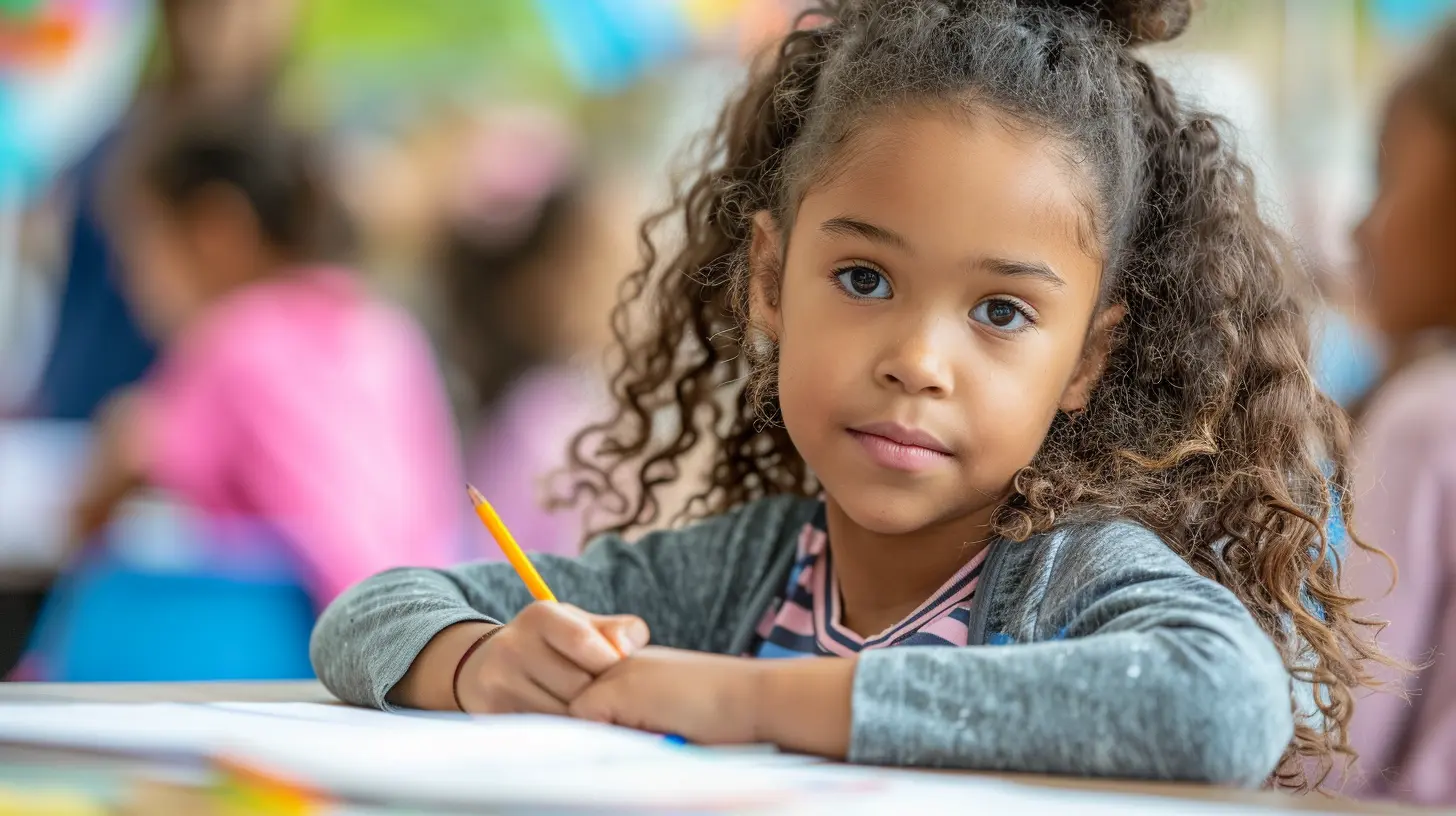
How Teachers and Schools Can Incorporate Art into Special Education
Now, you might be wondering: “How can we incorporate more art into special education classrooms?” The good news is that it doesn’t require a complete curriculum overhaul. You can start small and gradually integrate more art-based activities into your lessons.Art Therapy vs. Art Education
First, it’s important to differentiate between art therapy and art education. Art therapy is a specialized field that involves using art to address emotional or psychological issues, often under the guidance of a trained therapist. While it can be incredibly effective for students with special needs, it’s different from everyday art education.In the classroom, art can be incorporated as a regular part of the curriculum, not just as a therapeutic tool but as a way to enhance learning. Teachers can design art projects that align with academic goals. For example, students could create visual representations of a story they just read or build models to better understand a science concept.
Adapting Art Activities for Different Abilities
One of the key aspects of incorporating art in special education is adaptability. Not every student will engage with art in the same way, and that’s okay. The beauty of art is its flexibility. Teachers can modify projects based on each student’s abilities. For example, some students may need larger brushes or adaptive tools, while others might benefit from sensory-friendly materials like foam or textured paper.The goal is to make art accessible to every student, regardless of their physical or cognitive abilities. By doing so, we’re creating an inclusive environment where everyone has the opportunity to succeed.
Collaborating with Specialists
Teachers don’t have to do it alone. Collaborating with art therapists, occupational therapists, or special education specialists can provide valuable insights into how to best use art in the classroom. These professionals can offer guidance on how to adapt materials, structure activities, and support students with specific needs.Additionally, schools can invite local artists or organizations to host workshops or provide resources. Art doesn’t have to be confined to the classroom—it can extend into the community and beyond.
Conclusion: Art as a Pathway to Learning and Growth
When we talk about supporting all learners in special education, we can’t overlook the power of art. It’s more than just a fun activity—it’s a tool for communication, emotional expression, cognitive growth, sensory development, and social interaction. Art allows students with special needs to explore the world in their own way, at their own pace, and in a safe, non-judgmental environment.By integrating more art-based activities into special education programs, we’re not only supporting academic goals but also fostering creativity, confidence, and emotional well-being. Whether it’s through painting, drawing, sculpture, or mixed media, art has the ability to unlock potential in ways that traditional teaching methods often can’t.
So the next time you’re thinking about how to better support your students with special needs, why not reach for a paintbrush or a box of crayons? You might be surprised at the magic that unfolds.
all images in this post were generated using AI tools
Category:
Art EducationAuthor:

Olivia Chapman
Discussion
rate this article
17 comments
Kismet Wheeler
Art is not just an add-on in special education; it's essential. It empowers students, fosters creativity, and builds confidence. Embracing diverse artistic expression ensures every learner thrives. Let’s celebrate art as a fundamental tool for all educational journeys!
February 9, 2025 at 6:01 AM

Olivia Chapman
Absolutely! Art is integral to special education, enhancing creativity, confidence, and diverse expression. It truly supports every learner’s journey. Thank you for highlighting its importance!
Noah Hodge
Because who needs math when you have finger paint?
February 1, 2025 at 5:10 AM

Olivia Chapman
Art enhances creativity and self-expression, providing essential skills that complement academic subjects like math. Both are valuable in a holistic education approach!
Misty Cummings
Art truly empowers all learners, fostering creativity and connection in special education.
January 29, 2025 at 12:17 PM

Olivia Chapman
Thank you for your insightful comment! I completely agree—art serves as a powerful tool for fostering creativity and building connections among all learners in special education.
Victor Valentine
Art truly empowers every learner!
January 25, 2025 at 12:02 PM

Olivia Chapman
Thank you! Art indeed serves as a powerful tool for empowerment, fostering creativity and self-expression in every learner.
Aria Butler
Oh sure, because nothing says "inclusive education" like glitter and finger paint. Who knew that a little doodling could solve all learning challenges? Let’s just throw some crayons at the problems and call it a masterpiece!
January 24, 2025 at 1:33 PM

Olivia Chapman
Art is a versatile tool that engages diverse learners, fostering expression and creativity. It's not a solution for all challenges, but it can play a meaningful role in education.
Sofia McFarland
Because crayons solve all educational problems!
January 23, 2025 at 8:42 PM

Olivia Chapman
While crayons alone won't solve all educational challenges, they can be a powerful tool in fostering creativity and expression in special education.
April McGhee
This article beautifully highlights how art can truly be a bridge to understanding and connecting with all learners. It's inspiring to see creative approaches in special education that not only foster expression but also empower students to shine in their unique ways!
January 23, 2025 at 12:03 PM

Olivia Chapman
Thank you for your thoughtful comment! I'm glad the article resonated with you and emphasized the power of art in fostering expression and connection in special education.
Annabelle McQuaid
Art fosters creativity and self-expression, essential for enhancing learning and communication in special education.
January 23, 2025 at 3:31 AM

Olivia Chapman
Thank you for your insightful comment! I completely agree—art is indeed a vital tool for fostering creativity and enhancing communication in special education.
Melody Daniels
This article highlights the crucial role of art in special education. It emphasizes how creative expression can enhance learning, foster confidence, and provide an inclusive environment for all students. Essential reading for educators!
January 22, 2025 at 9:48 PM

Olivia Chapman
Thank you for your feedback! I'm glad the article resonated with you and highlighted the importance of art in fostering inclusivity and confidence in special education.
Zanthe Blair
Thank you for shedding light on such an important topic. Art truly has the power to bridge gaps in education, fostering creativity and expression in all learners, especially those with unique challenges. I appreciate your insights and dedication to supporting diverse educational needs.
January 22, 2025 at 11:30 AM

Olivia Chapman
Thank you for your kind words! I'm glad you found the article valuable and resonate with the importance of art in supporting all learners.
Oscar Parker
This article beautifully highlights how art can empower and transform the learning experience for students with special needs. Embracing creativity fosters inclusion, self-expression, and confidence, making education accessible to all. Keep inspiring!
January 21, 2025 at 3:50 AM

Olivia Chapman
Thank you for your thoughtful comment! I'm glad you resonated with the article's message about the transformative power of art in special education.
Winter Bennett
Thank you for highlighting the importance of art in special education. It's inspiring to see how creative expression can empower all learners and enhance their educational experience.
January 20, 2025 at 12:30 PM

Olivia Chapman
Thank you! I'm glad you found the article inspiring. Art truly is a powerful tool for empowerment in special education.
Christa McQuillen
This article beautifully highlights the transformative power of art in special education. By fostering creativity and self-expression, art can enhance learning experiences for all students, helping them build confidence and communicate in unique ways. It's essential to incorporate artistic approaches in educational settings for holistic development.
January 20, 2025 at 5:16 AM

Olivia Chapman
Thank you for your thoughtful comment! I completely agree that integrating art into special education can significantly enrich learning experiences and foster self-expression. Your insights on holistic development are invaluable.
Leslie McRae
What a wonderful exploration of art's transformative power in special education! 🎨✨ It’s heartwarming to see how creative expression can bridge gaps and foster connection among all learners. Every child deserves the joy of art, and it's inspiring to know it plays a crucial role in their growth and development! 🌈💕
January 19, 2025 at 1:33 PM

Olivia Chapman
Thank you for your kind words! I'm thrilled to see the impact of art in fostering connection and growth for all learners. 🌟🎨
Rosalie Whitley
This article beautifully highlights the essential role of art in fostering creativity and inclusivity in special education. It’s inspiring to see how art can empower all learners. Thank you!
January 19, 2025 at 5:09 AM

Olivia Chapman
Thank you for your kind words! I'm glad the article resonated with you and highlighted the importance of art in special education.
Naomi Lawson
Art empowers every learner—creativity knows no bounds!
January 18, 2025 at 9:43 PM

Olivia Chapman
Absolutely! Art fosters creativity and expression, making it a powerful tool in special education to empower every learner.
Ximena Alexander
Art fosters creativity and expression, providing vital support for diverse learners in special education settings.
January 18, 2025 at 5:01 AM

Olivia Chapman
Thank you for your insightful comment! Absolutely, art plays a crucial role in enhancing creativity and expression, making it a valuable tool for supporting diverse learners in special education.
MORE POSTS
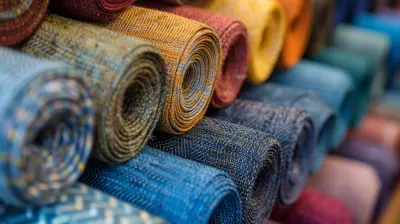
Tailoring Lessons to Meet Every Student's Needs: An Introduction to Differentiated Instruction
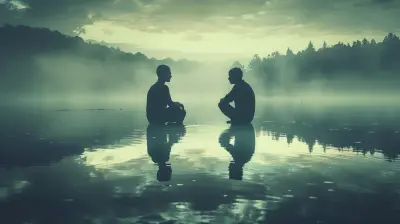
The Power of Silence and Pauses in Conversations

The Importance of Cybersecurity Education for Today’s Students
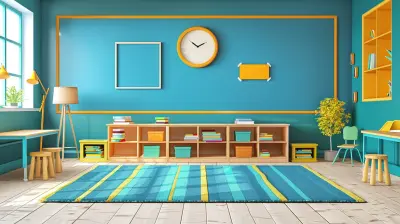
How Virtual Classrooms are Revolutionizing Special Education

How to Combat Zoom Fatigue in Virtual Learning

How E-Learning Can Support Lifelong Learning Goals
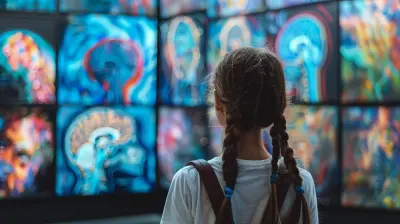
How Art Teachers Can Foster a Growth Mindset in Students
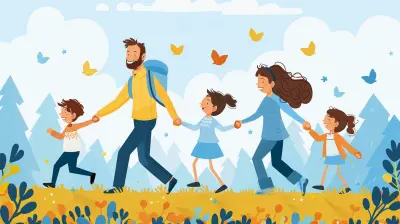
The Importance of Parent Involvement in Early Education
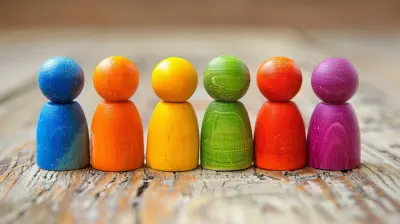
The Science Behind Effective Group Discussions

How to Stay Involved in Your Child’s Middle School Years
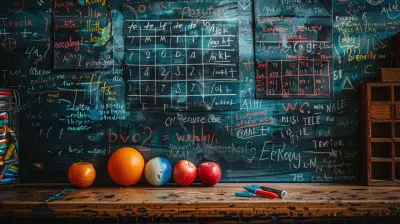
How to Encourage a Love for Math at Home